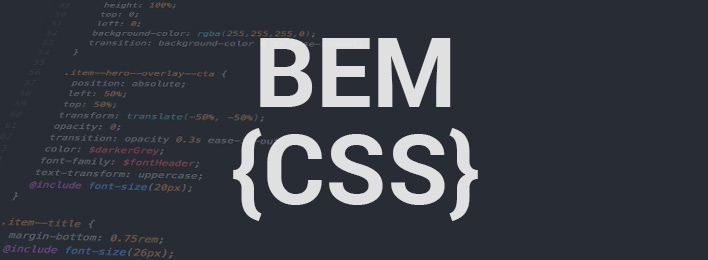Configure a cache policy in AWS for React apps

Having an efficient cache policy can greatly improve your website’s page load times. HTTP caching can reduce the page load time on repeat visits by avoiding re-downloading assets if the file contents haven’t changed. Running a Lighthouse performance audit is a simple way to check if you could improve your site’s cache policy. In this article, we’ll go through how to set up a caching policy for React single-page...














